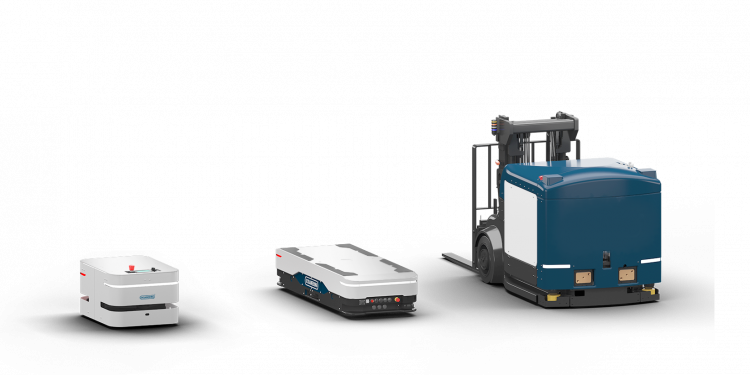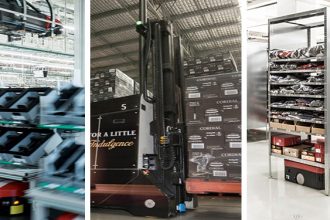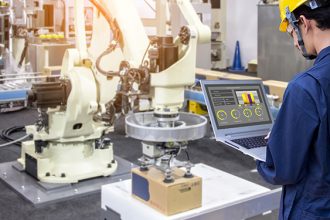AGV and AMR Misconceptions

Automated Guided Vehicle (AGV) and Autonomous Mobile Robot (AMR) technology can be huge assets to warehouse operations. However, the adoption curve is relatively slow in implementing them, this is largely due to misconceptions about the types of contributions they can make, for both employees and employers.
In this article, we will address some of those misconceptions and explore the best ways to increase adoption
Misconception #1: AGVs & AMRs are expensive to install
AGVs can be easily integrated into existing facilities with minimal changes. Most businesses have seen their purchase and installation costs offset by savings in safety and worker turnover.
Misconception #2: AGVs & AMRs are difficult to integrate
AGVs integrate easily with any standard ERP, WMS, or host system. Most providers offer seamless integration, and if you need help getting started, many providers can even facilitate the process for you.
In some cases, AGVs can even start adding value without the need for integration. This means the business can start seeing the benefits of automation immediately.
Misconception #3: AGV & AMR technology is all-or-nothing
There are many different ways to add AGVs to a warehouse. You can automate specific tasks, or you can automate the entire process from start to finish. AGVs are also ideal for testing or scaling automation, such as starting with one or two machines and expanding later on. They can be added in phases, including alterations to respond to demand. You can also use a combination of these methods, depending on your needs and the size of your warehouse.
How to improve the adoption of AGV & AMR technology
It’s understandable to find resistance to change in warehouses and manufacturing facilities. There are examples of past technology that haven’t lived up to the hyped Return on Investment (ROI). However, this isn’t the case with AGV and AMR.
Here are the best ways to spark organizational change and improve adoption for AGV and AMR:
- Educate your leadership and workforce. Show them the impact autonomous technology can have on the business and their day-to-day lives at work. Give examples of how it will help them do their job better. Additionally, point to the existing problems that an AGV or AMR can help solve.
- Find employees within the existing workforce to advocate for automation. Find champions within the organization who can communicate to their peers what automation and robotics can mean for their positions. For example, fewer injuries and less repetitive tasks that are more rewarding.
- Have an employee communication plan. Prepare workers for the shift in operations. Make them feel comfortable about the changes before they happen, and help them be a part of it. Transform the myth of “this robot will take my job” to “this makes my job better.”
AGV & AMR technology has huge benefits
AGVs and AMRs have big benefits for businesses. For instance, improved productivity, less repetitive tasks for human workers, and fewer workplace injuries.
There are many misconceptions out there about AGV and AMR technology. However, the truth is that they are easy and relatively inexpensive to install and have many potential benefits for both employees and employers. These technologies can be a huge asset in optimizing efficiency and improving the bottom line.
To find out more about the MAG group or to get more information about Mobile Automation, please visit https://www.mhi.org/mag
For further articles/podcasts from MAG:
Top Misconceptions Of Mobile Automation
Podcast: MAG – How To Get Started With Mobile Automation
Podcast: Sensors Revolutionizing Automated Material Movement: Efficiency And Safety Enhanced
Powering Tomorrow’s Mobile Automation
The Unexpected (Soft) Benefits Of Mobile Automation
Navigating The Mobile Automation Landscape
Getting Started With Mobile Automation



